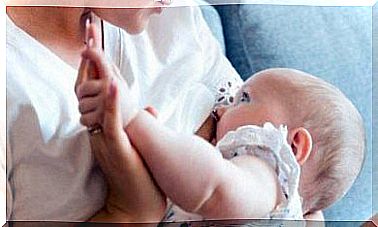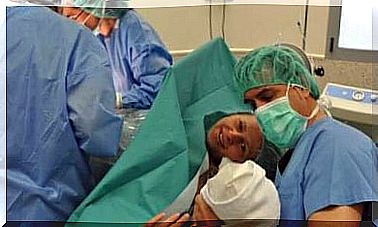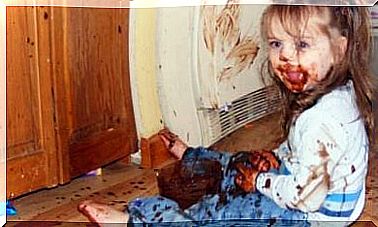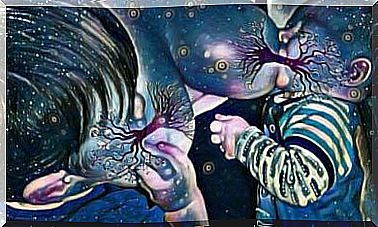Milk Teeth Contain Stem Cells

Did you know that milk teeth also contain stem cells? That’s right! Recently, dentistry has made this revolutionary discovery.
Few people know that mother cells are found in milk teeth as well as in the umbilical cord and bone marrow. These are obviously different from those extracted from the cord.
The revolution began in 2003, when a researcher from the National Institute of Health confirmed the presence of these cells in the dental pulp. This is covered with the dentin of the milk teeth.
The use of stem cells in therapies related to various aspects of health has become widespread, especially in recent years. We would all like to use it to regenerate tissues and see us fresher and younger.
The success they have had is due to their multiple potentials. They have the ability to multiply and differentiate to produce other cells capable of forming tissues and organs of different types.
Incredible cells
The cells obtained from milk teeth are called mesenchymal. They have the ability to regenerate complete organs and other fundamental parts of our organism. They can reproduce bones, muscles, body fat and cartilage. They recreate organs such as the pancreas and heart. Finally, they regenerate the nerve cells of the brain. In this sense, the mother cells contain an incredible regenerative potential.
Mesenchymal cells can be extracted from children’s milk teeth (or adult wisdom teeth). They serve as therapy in case of heart disease but also in the following cases.
- Parkinson’s disease.
- Alzheimer’s disease.
- Diabetes.
- Paralysis due to spinal cord injury.
- Reproduction of bones, cartilage and tissues.

IMPORTANT
Dental mother cells can be used to treat various diseases, as long as the bond between patient and donor does not exceed the first or second degree of kinship. In fact, we are talking about brothers, parents, grandparents, uncles, aunts, etc.
Where are stem cells stored?
These cells (found in the soft part inside the milk teeth) serve to regenerate the living part of the tooth. They usually appear around the sixth week of the fetus’s life. Between the ages of 6 and 12, milk teeth fall out, which must be kept in a specialized laboratory.
If your teeth fall out at home or in another place …
If your child’s teeth fall out at home, or somewhere other than the dentist’s office, immediately dip them into a glass of milk and place in the refrigerator. If you do, you are likely to be able to store stem cells.
The first 48 hours are critical. The tooth must be packaged and shipped to the laboratory within this time frame. This is the only way to isolate the cells correctly.
Despite the practices carried out in the United States, many dentists advise against extracting the milk teeth of children with unnatural processes. Among the reasons given, we find the following.
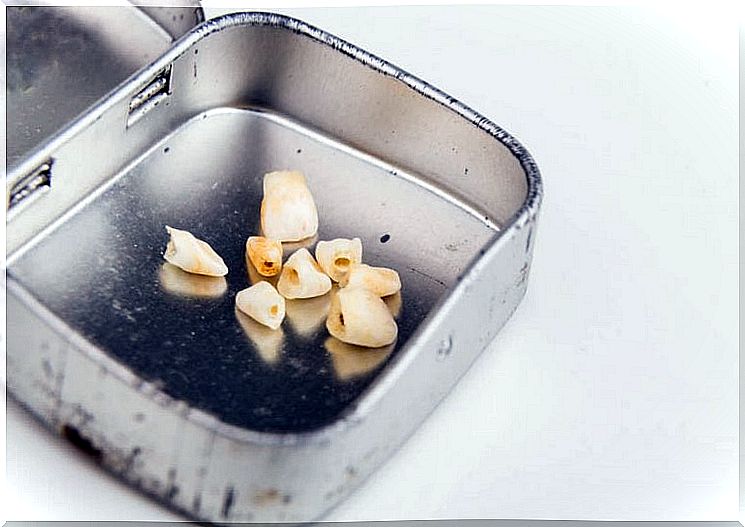
Keep your baby teeth well!
If you are interested in the preservation of your child’s baby teeth, specialists recommend that you agree with a stem cell bank. There, they will provide you with a kit containing everything you need for proper tooth preservation. So you can hand it over to the laboratory staff in excellent condition.
As per tradition, mothers often keep their children’s teeth. Have you ever found a box with milk teeth? You will probably never see it with the same eyes from now on.
Certainly, traditions will change. Instead of storing them in a small box, mothers will take the baby teeth into stem cell banks that could store them. In case of need, they will be available to cure diseases or regenerate the organs of the body.
